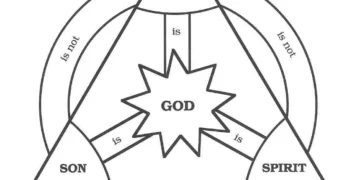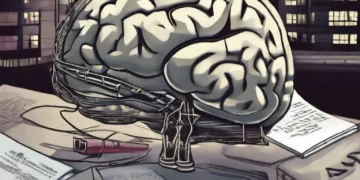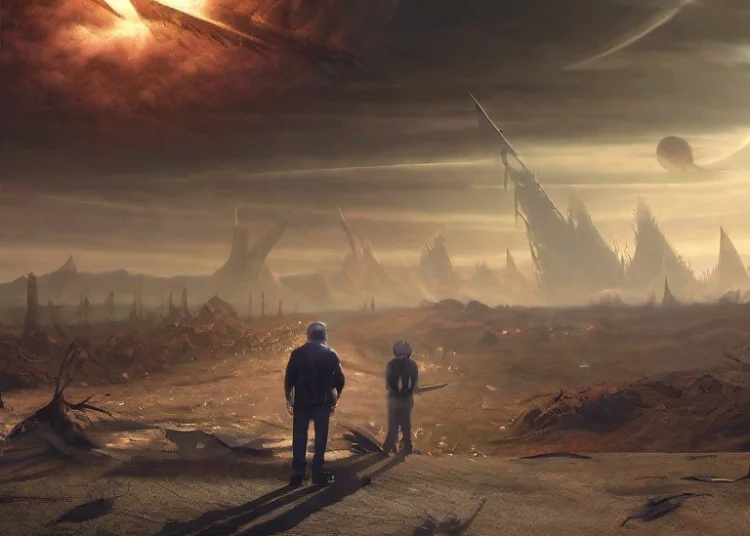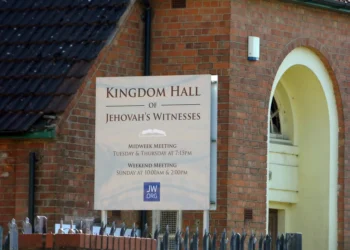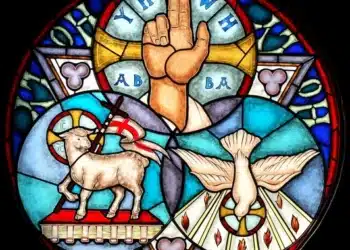Throughout history, humankind has been fascinated by the concept of the apocalypse—the final battle, the end of days. Countless cultures and religious traditions have described various signs believed to herald the impending apocalypse. In this article, we shall delve into the signs commonly associated with the end times and explore whether our current era may be indicative of such dire and profound events.
Biblical and Mythological Signs
Natural Cataclysms
Many ancient texts point to an increase in natural disasters such as earthquakes, floods, and severe weather patterns as a sign of approaching doom.
Wars and Conflicts
Numerous prophecies mention heightened global conflicts that escalate to a cataclysmic-scale war, potentially signifying the end of the world.
Pestilence and Disease
The prevalence of plagues and pandemics has long been viewed as a harbinger of the apocalypse, wreaking havoc on societies and threatening humanity’s existence.
Famine and Scarcity
The scarcity of food and resources leading to widespread hunger and desperation has often been interpreted as a sign of the end times.
Societal and Technological Signs
Moral Decay
Ancient and modern texts frequently highlight the erosion of moral values, the rise of corruption, and a general sense of spiritual bankruptcy as precursors to apocalyptic events.
Technological Advancements
Some theories suggest that breakthroughs in science and technology, such as nuclear weapons and artificial intelligence, could spark global catastrophes, signaling the end of civilization as we know it.
Environmental Crisis
The depletion of natural resources, climate change, and the human impact on the environment mirror apocalyptic scenarios described in various prophecies.
Are We in the End of Times?
While humanity has witnessed and experienced many of these signs throughout history, it is essential to consider a balanced perspective when contemplating the possibility of being in the end times.
Cyclical Nature of History
Throughout recorded history, civilizations have risen and fallen, facing their own trials and tribulations. Our current challenges may be viewed as a part of this cyclicality, rather than definitive evidence of an imminent apocalypse.
Interpretation and Symbolism
Signs and prophecies are often open to interpretation, and a thorough examination of historical contexts and cultural biases is necessary to discern their true meaning. Overzealous interpretation can lead to unnecessary panic and misinformation.
Human Resilience and Adaptability
Despite the signs that might point toward the end times, humankind has shown remarkable resilience and resourcefulness in overcoming adversities. Our ability to adapt and forge a path forward cannot be underestimated.
Focus On the Now
The signs associated with the apocalypse have both intrigued and terrified generations, fueling speculation and debate. While we may encounter many of these signs in our modern world, it is crucial to approach them with caution and rationality. Rather than subscribing entirely to doomsday scenarios, let us focus on proactive measures to address the challenges we face, such as climate change, socioeconomic inequalities, and ethical dilemmas posed by advancing technologies. Only through collective effort can we ensure a brighter and more sustainable future for the generations to come.













